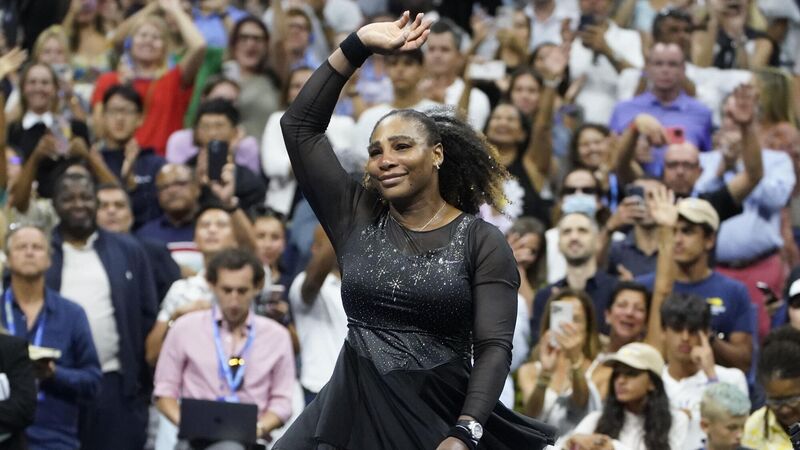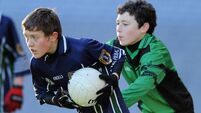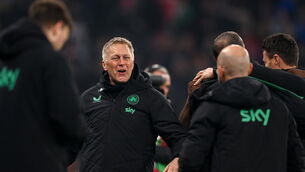Eimear Ryan: Why are we so obsessed with the idea of the GOAT?

GOAT?: Serena Williams waves to fans after losing in the third round of the US Open in New York. Pic: AP Photo/John Minchillo
Australian tennis icon Margaret Court (nominative determinism if ever I saw it) caused a minor kerfuffle recently when giving an interview on the occasion of Serena Williams’s announcement that she was soon going to retire. ‘Serena, I’ve admired her as a player,’ Court told the Daily Telegraph. ‘But I don’t think she has ever admired me.’
Court – whose heyday was in the sixties and early seventies – raised further eyebrows when she said that she would have loved to play in Serena’s era, offering that tennis is now ‘so much easier … How I would love to have taken family or friends along with me. But I couldn’t. I had to go on my own or with the national team. People don’t see all that. We didn’t have psychologists or coaches with us. It’s a whole different world. That’s what disappoints me – that players today don’t honour the past of the game.’









